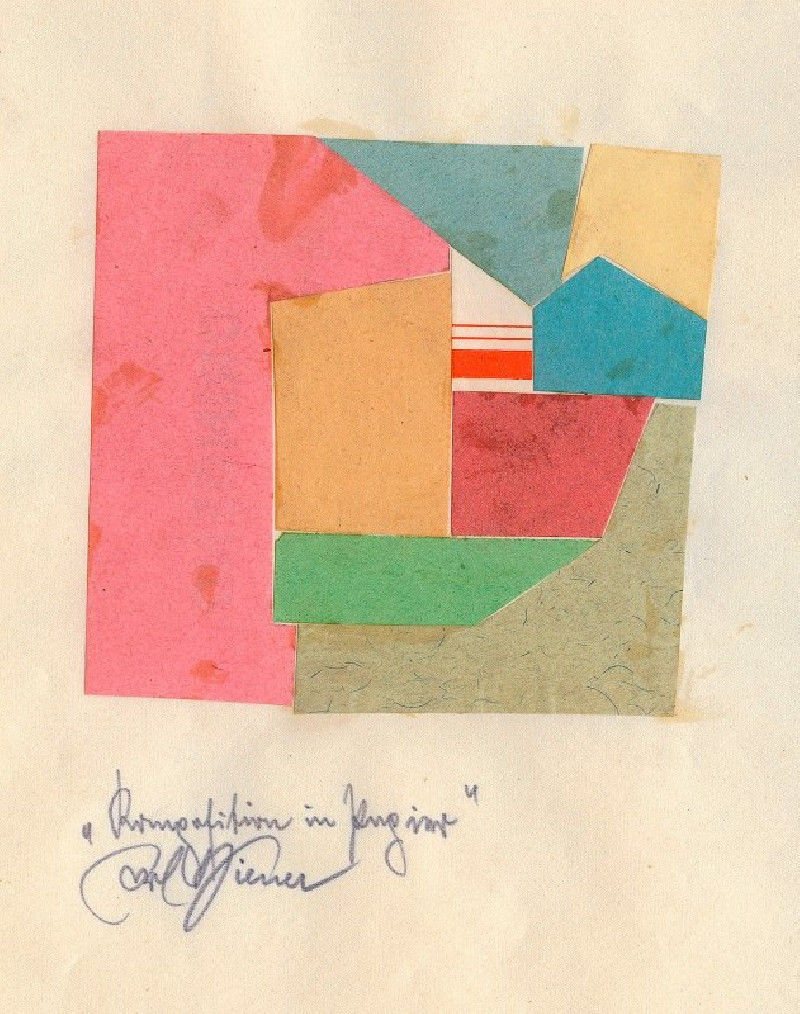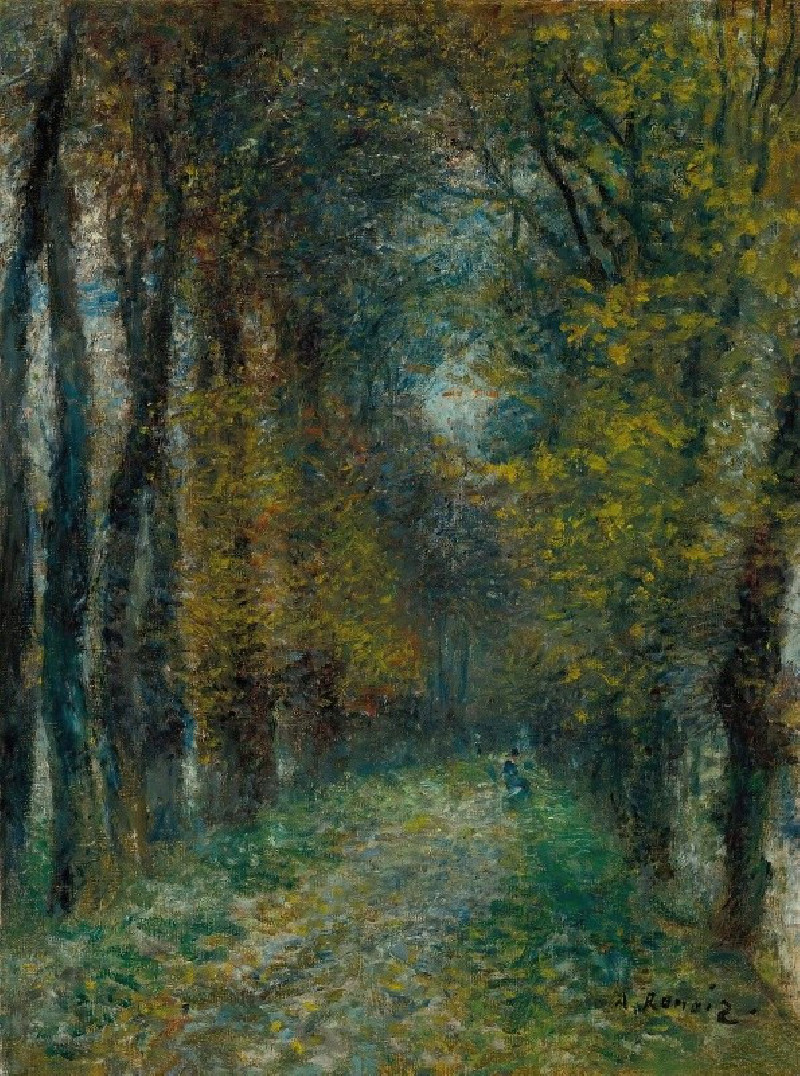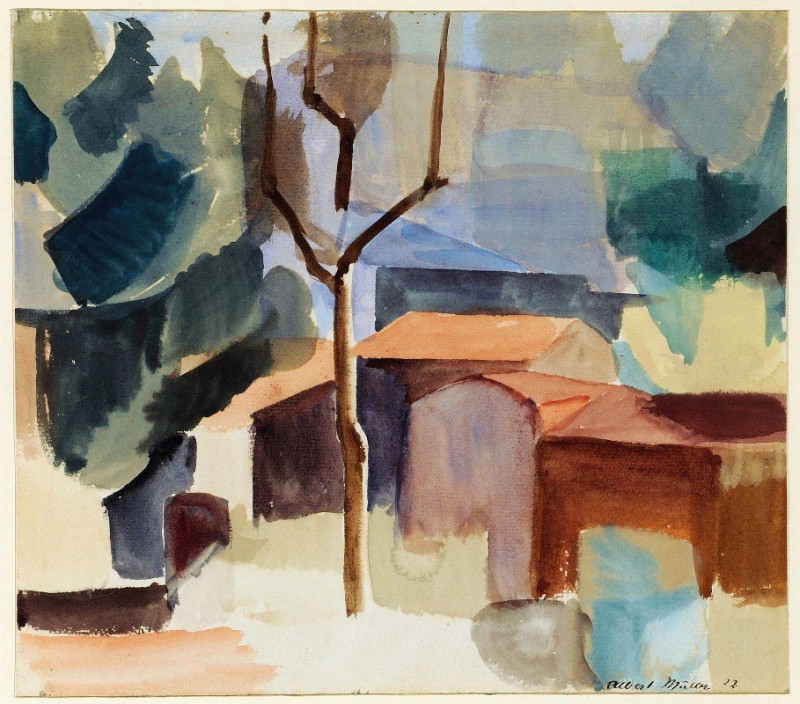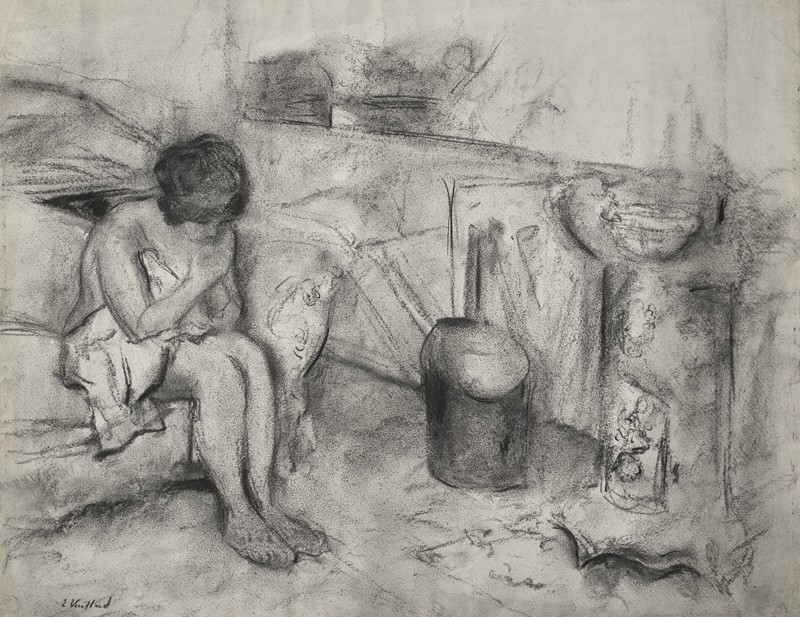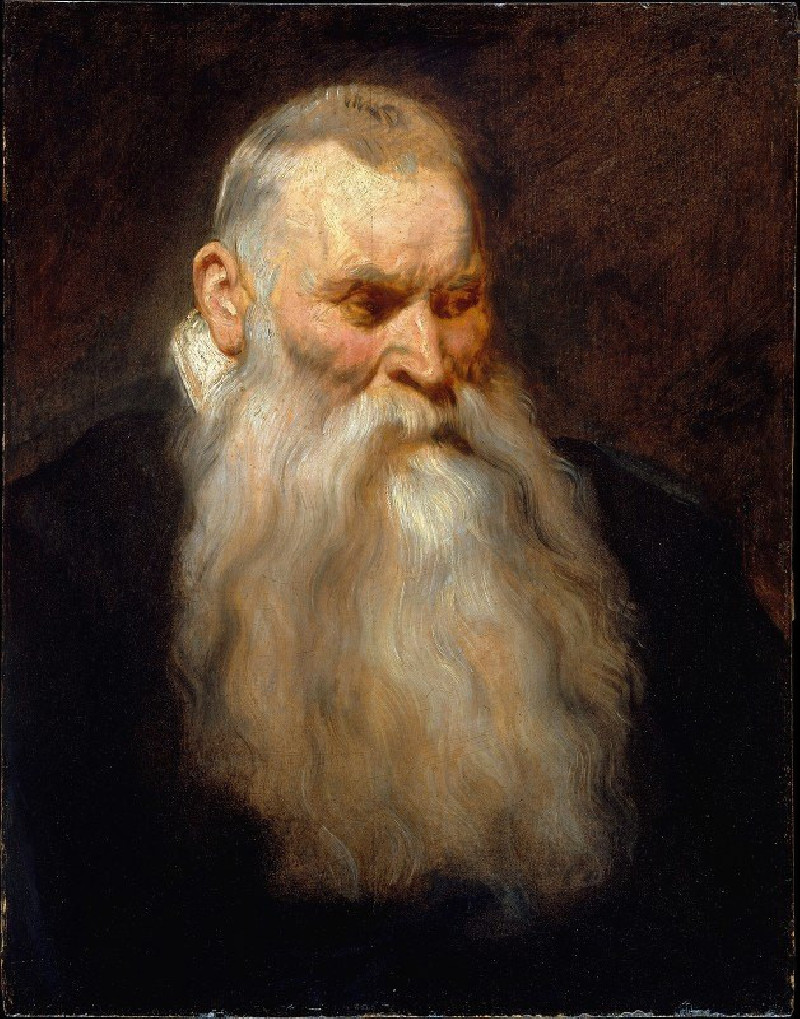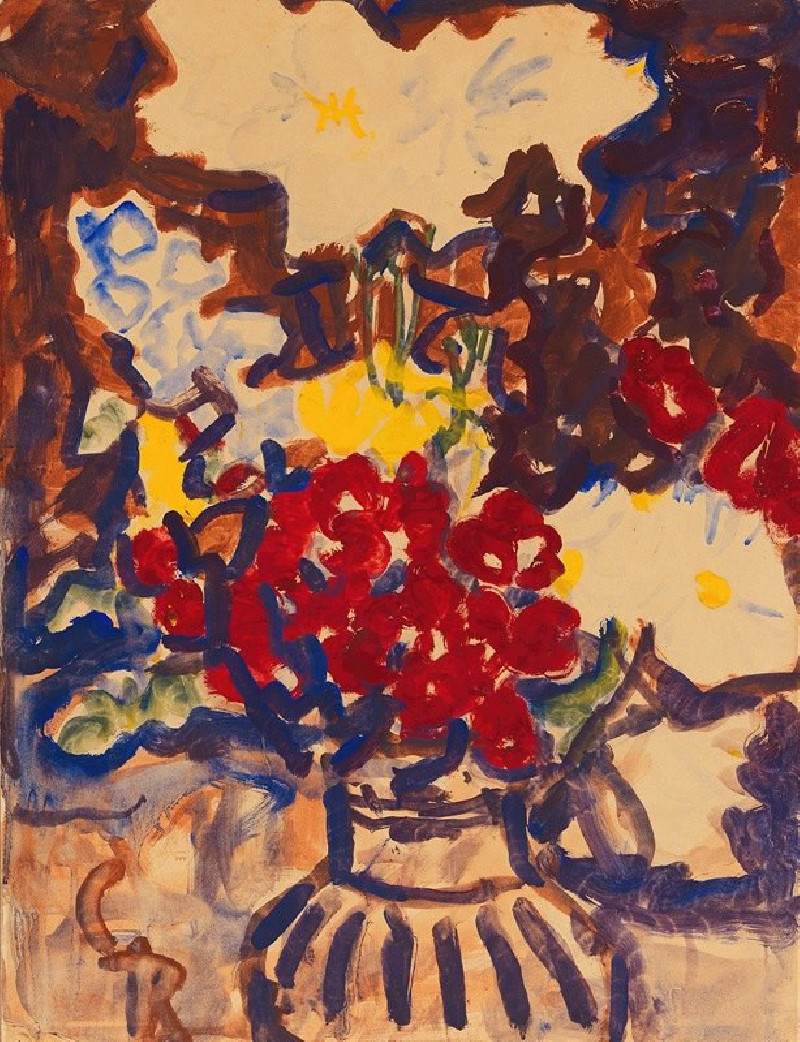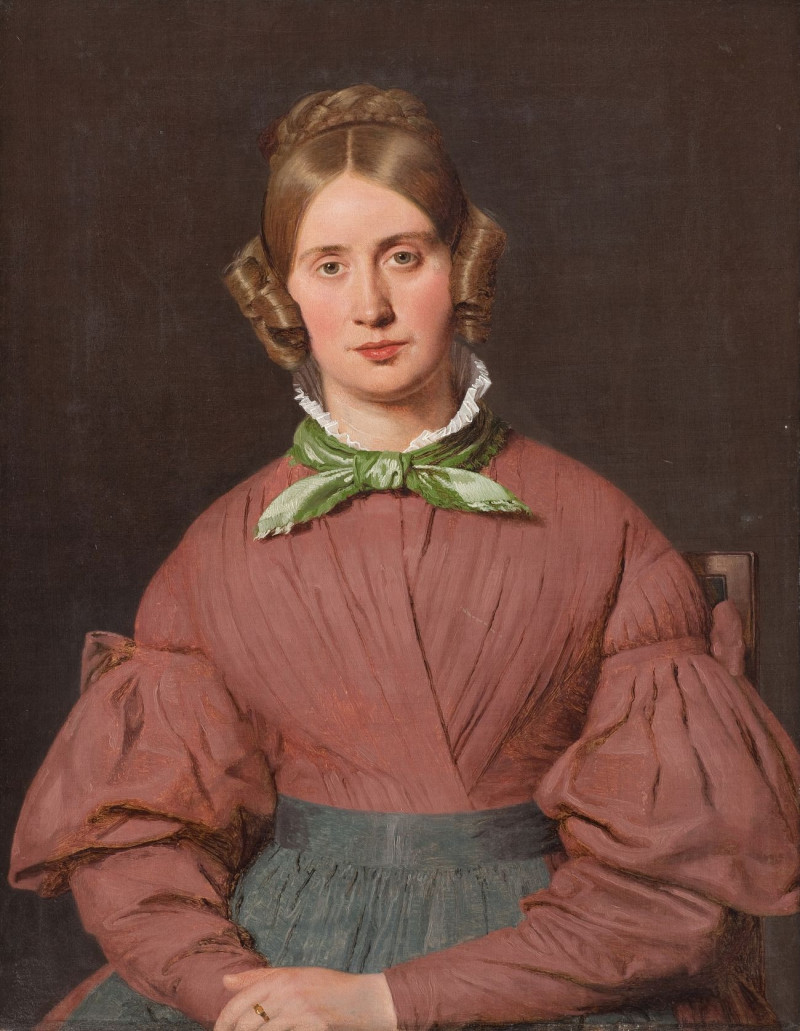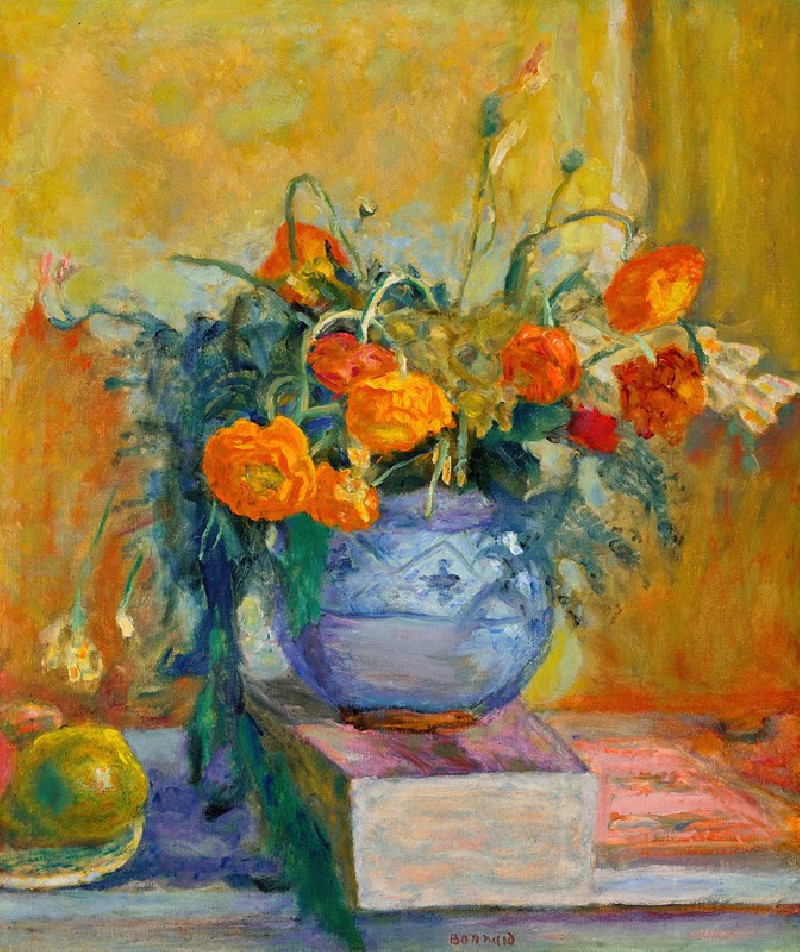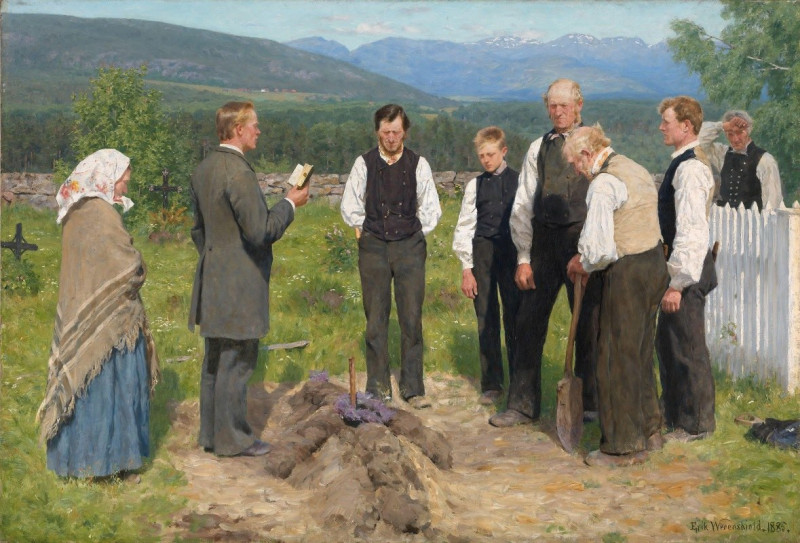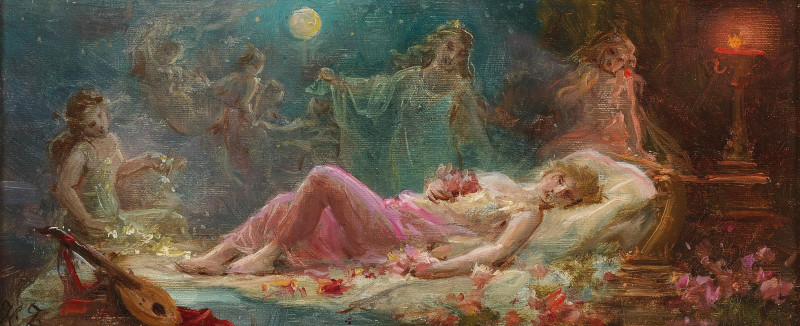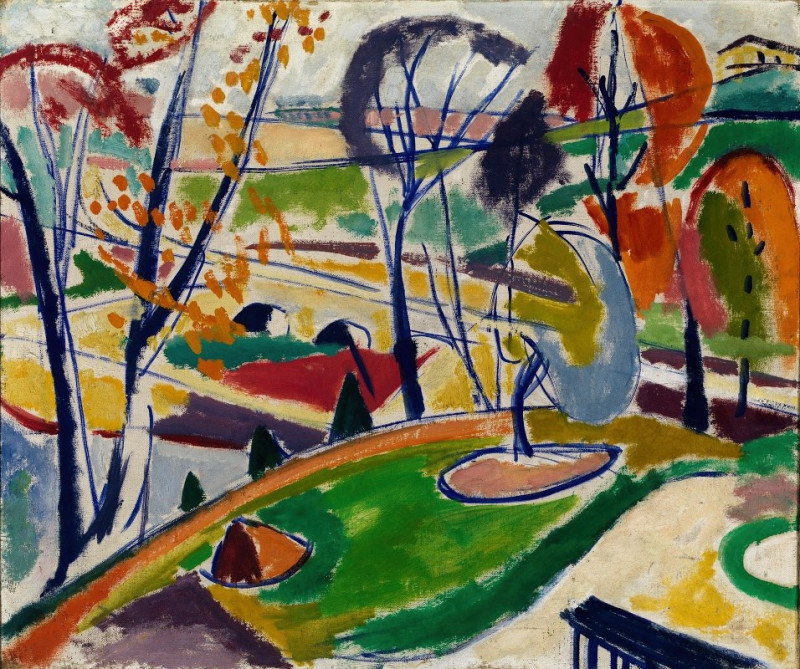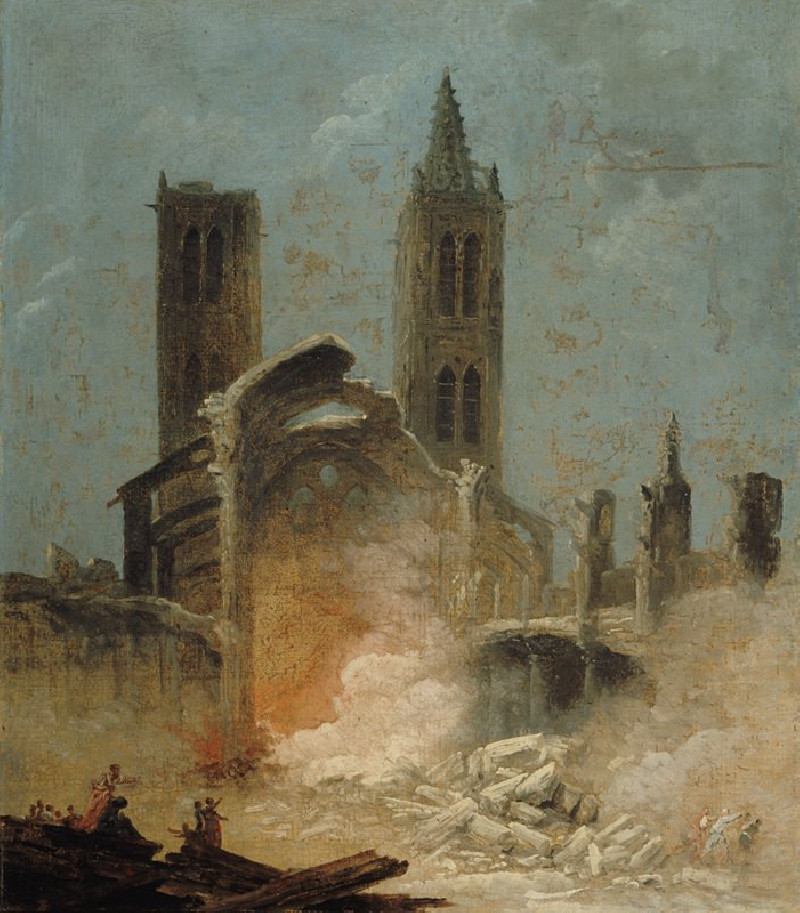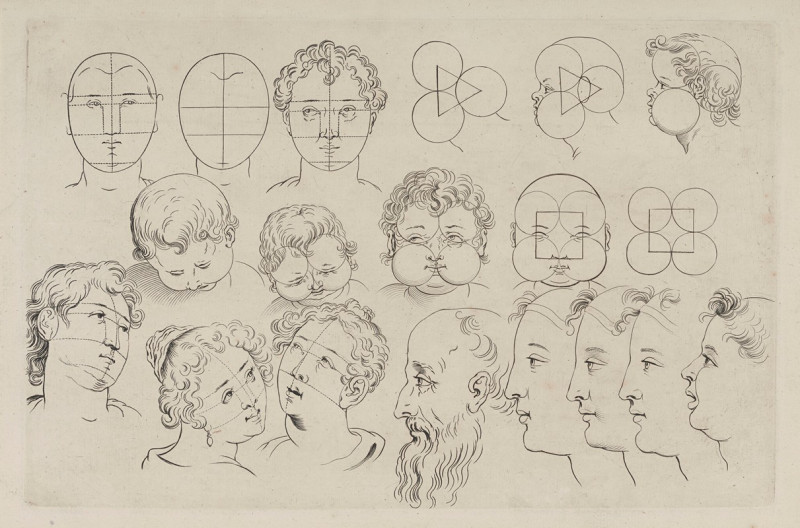Frau, zwei Flugzeuge, Bomben (around 1940)
Technique: Giclée quality print
Recommended by our customers
More about this artwork
Karl Wiener's painting "Frau, zwei Flugzeuge, Bomben" (Woman, Two Airplanes, Bombs) is a compelling piece of art that invites contemplation and reflection. Created around 1940, this work layers complex themes of war, femininity, and surrealism. The painting depicts a lone woman positioned against a teal background, overlain with military motifs such as airplanes and bombs, underscoring the intrusion of conflict into everyday life.The use of vibrant, disjointed colors to form the woman's attire suggests a fragmentation, possibly representing the psychological and societal disarray during times of warfare. Her sideways glance and the movement suggested by her posture give a sense of unease and dynamism, as if she is caught in a moment of cautious progression through a distorted, war-torn landscape.The simplified, geometrical aircraft and whimsical rendition of bombs, in contrast with the detailed portrayal of the woman, emphasize the surreal and abstract approach Wiener takes to explore the impact of war on the human spirit and the female identity particularly.
































